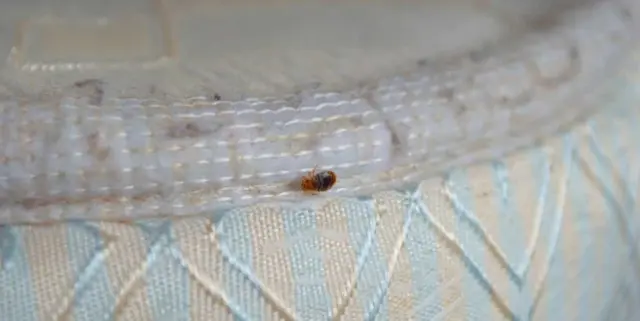Bed bugs are a bother that can make you feel uncomfortable and upset your peace of mind. There are a number of ways to get rid of these unwanted pests, which is good news. Chemical treatment and heat treatment are two of the most popular ways to do this. In this piece, we’ll look at the science behind these approaches and talk about how well they work and what to think about.
Heat Treatment: The infected area is heated to high temperatures, usually between 120°F and 140°F, as part of this treatment. The goal is to raise the temperature to a point where bed bugs, including their eggs, can’t survive. This method is appealing because it doesn’t use any chemicals. This makes it a good choice for the environment.
The science behind heat therapy is easy to understand and works well. Bed bugs are sensitive to changes in temperature, and their bodies can’t handle being too hot. Bed bugs die when they reach the temperatures used in heat treatment. This is because the proteins and enzymes in their bodies break down, which kills them. Also, heat treatment can reach places that might be hard to get to with other methods, making sure that the problem is completely gone.
But heat treatment needs special tools and knowledge to make sure that the area being treated is heated evenly. It’s important to work with trained experts to avoid places that might not be warm enough to kill bed bugs.
Chemical Treatment: In this type of treatment, chemicals are used to kill the bed bugs. There are many different kinds of poisons on the market, such as sprays, dusts, and aerosols. These poisons mess with the bed bugs’ nervous systems, which causes them to become paralyzed and then die. Chemical treatments can be put on infested areas directly or used as a shield to stop bed bugs from moving from one place to another.
The exact way that insecticides work is the science behind chemical treatments. Pyrethroids are a popular type of insecticide. They work by blocking sodium channels in the nerves of bed bugs. This makes people become paralyzed and die. Other poisons make it hard for bed bugs to have babies or grow up normally.
Even though chemical solutions work, they need to be used carefully and with safety in mind, especially if you have children or pets. To get good results without putting your family in danger, it’s important to follow the directions given by professionals.
Choosing the Right Treatment: Whether you should use heat or chemicals relies on a number of things, such as how bad the infestation is, what areas are affected, and how you feel about using chemicals. Both ways have pros and cons that you should think about.
Heat treatment is a non-chemical way to get rid of bed bugs quickly and without leaving chemical traces. It works especially well for big spaces or spaces with complicated architecture. On the other hand, chemical treatments can be used to kill pests in specific areas and can be used with other methods to get the best results.
In conclusion, heat treatment and chemical treatment are both scientifically proven ways to get rid of bed bug populations. If you understand the basic ideas behind each method, you can make a smart choice based on your own preferences and situation. No matter which way you choose, you must work with professional pest control experts to keep your family safe and get rid of these persistent pests completely.
Never see a bed bug again with Bed Bug Control Bowmanville! All our work is warranted with a full 6-month service warranty.

